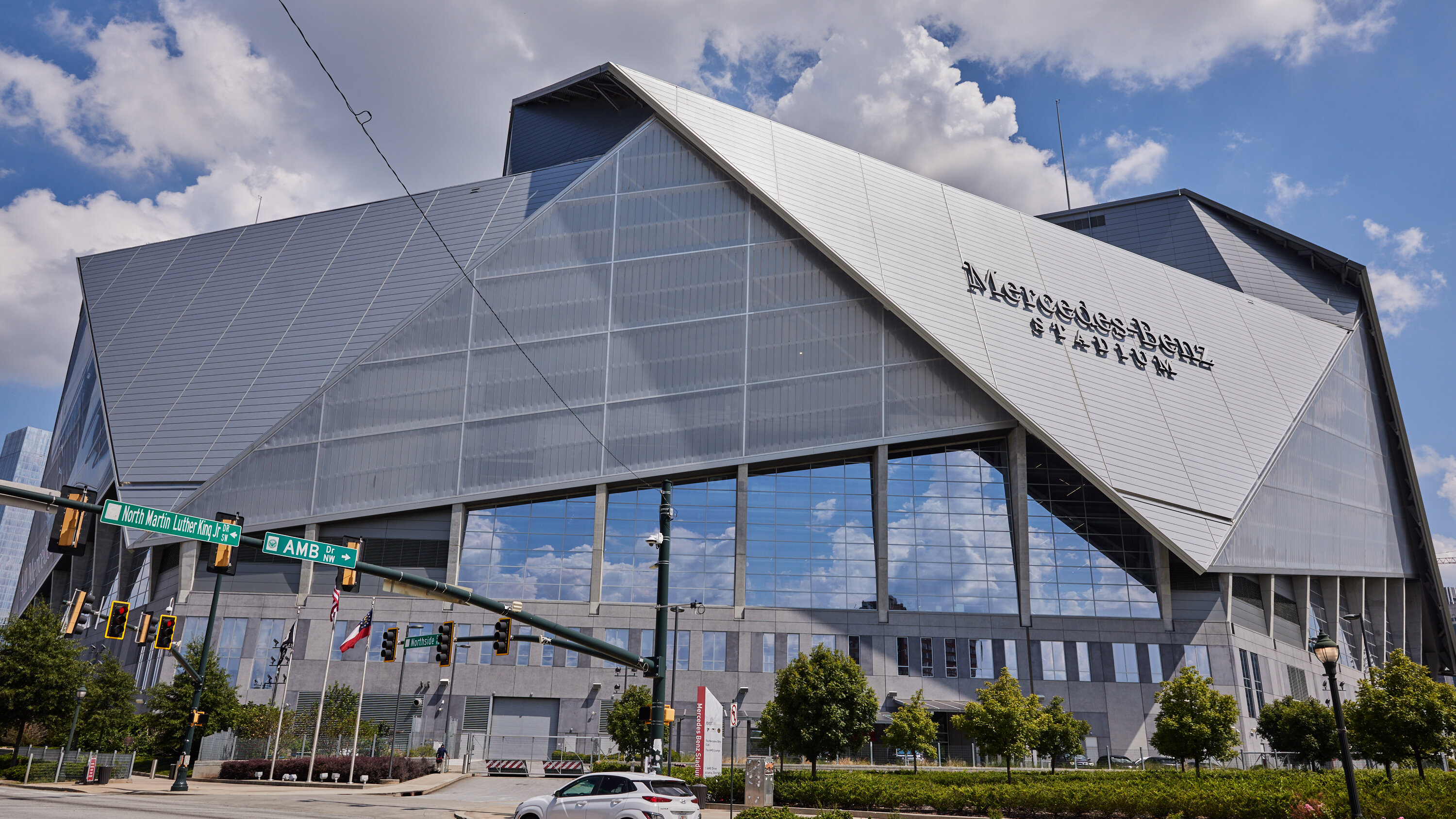Can Sports Stadiums Save Dying City Centers? A Case Study

Table of Contents
The Economic Impact of Sports Stadiums on City Centers
The economic arguments for building sports stadiums often center on job creation and revenue generation. Let's examine these claims closely.
Job Creation and Revenue Generation
Stadium construction and operation undeniably generate employment. This includes:
- Direct employment: Construction workers, stadium staff (ticket takers, ushers, security), food and beverage personnel.
- Indirect employment: Jobs in related industries like hospitality, transportation, and retail, benefiting from increased foot traffic around the stadium.
Revenue streams are also plentiful, potentially boosting local economies through:
- Ticket sales: A significant source of income for the stadium and the team.
- Concessions: Food, beverages, and merchandise sales within the stadium.
- Parking: Revenue generated from parking fees.
- Tourism: Increased tourism spending in the city due to the stadium's presence and events.
Cities like Atlanta (with the revitalization around Mercedes-Benz Stadium) and Baltimore (with Camden Yards' positive effect on the Inner Harbor) have witnessed positive economic impacts. However, it's crucial to acknowledge that many construction jobs are temporary. The long-term economic benefits need careful evaluation.
Increased Property Values and Investment
The presence of a major sports stadium can act as a catalyst for increased property values in the surrounding area. The increased foot traffic, improved infrastructure (often associated with stadium construction), and enhanced city image can attract further investment, leading to:
- New businesses: Restaurants, bars, hotels, and other commercial ventures popping up to cater to the stadium's attendees.
- Residential development: Increased demand for housing near the stadium, potentially driving up property prices.
Studies have shown a correlation between stadium construction and increased property values in many cities. However, it's vital to recognize the potential downsides. Such development might lead to gentrification, pushing out long-term residents who can no longer afford to live in the area.
Social and Cultural Impact of Sports Stadiums
Beyond the economic aspects, sports stadiums can significantly influence a city's social and cultural landscape.
Community Gathering Spaces and Social Cohesion
Stadiums can be more than just sporting venues; they can serve as community hubs, hosting:
- Concerts
- Community events
- Farmers' markets
- Youth sports programs
These events can foster social interaction, build community pride, and strengthen social bonds. However, the increased traffic congestion and potential for noise pollution during large events should be considered.
Tourism and City Image Enhancement
A world-class stadium can significantly boost a city's tourism appeal. It can attract:
- Major sporting events and tournaments
- Fans from across the globe
- Increased media attention
This increased tourism can inject substantial revenue into the local economy and enhance the city's image on a national and international stage. However, this requires strategic marketing and robust infrastructure to effectively manage the increased tourist influx.
Case Study Analysis: The Case of the Tottenham Hotspur Stadium, London
Let's examine the Tottenham Hotspur Stadium in London as a case study. The stadium's construction involved substantial investment and regeneration of a previously underutilized area. Before and after comparisons reveal:
Before and After Comparisons
- Job creation: The construction phase created thousands of jobs, while the stadium's ongoing operations support numerous full-time and part-time roles.
- Tourism: The stadium has attracted significant tourism to the area, boosting local businesses.
- Property values: Property values in the surrounding areas have seen a noticeable increase.
However, the development also faced criticism concerning the displacement of some residents and the environmental impact of construction.
Challenges and Limitations
The Tottenham Hotspur Stadium case, like many others, highlights the challenges:
- Cost overruns: Stadium projects often experience significant cost overruns, potentially straining public finances.
- Traffic congestion: Increased traffic around the stadium during events can create significant disruptions.
- Environmental impact: Construction and ongoing operations have environmental consequences that need to be carefully managed.
Conclusion: Can Sports Stadiums Truly Revitalize Dying City Centers?
While sports stadiums can contribute to economic growth, job creation, and increased tourism, their impact on urban revitalization is complex and multifaceted. The economic benefits are not guaranteed, and the potential for negative social and environmental consequences must be carefully considered. A holistic approach, incorporating a range of urban regeneration strategies alongside stadium development, is crucial for sustainable and equitable urban revitalization. Further research and discussion on the multifaceted topic of Sports Stadiums and Urban Revitalization are needed to understand its full impact on diverse urban contexts. Explore additional case studies to draw your own conclusions on this crucial urban planning debate.

Featured Posts
-
 Herthas Struggles A Breakdown Of Boateng And Kruses Contrasting Views
May 11, 2025
Herthas Struggles A Breakdown Of Boateng And Kruses Contrasting Views
May 11, 2025 -
 Hotel Transylvania A Family Friendly Look At The Animated Film Series
May 11, 2025
Hotel Transylvania A Family Friendly Look At The Animated Film Series
May 11, 2025 -
 Sylvester Stallones Forgotten Directing Project A Commercial Disappointment
May 11, 2025
Sylvester Stallones Forgotten Directing Project A Commercial Disappointment
May 11, 2025 -
 Cody Bellingers Role In Protecting Aaron Judge In The Yankees Lineup
May 11, 2025
Cody Bellingers Role In Protecting Aaron Judge In The Yankees Lineup
May 11, 2025 -
 Santorinis Seismic Shift Decreasing Earthquakes But Uncertain Future Say Scientists
May 11, 2025
Santorinis Seismic Shift Decreasing Earthquakes But Uncertain Future Say Scientists
May 11, 2025
